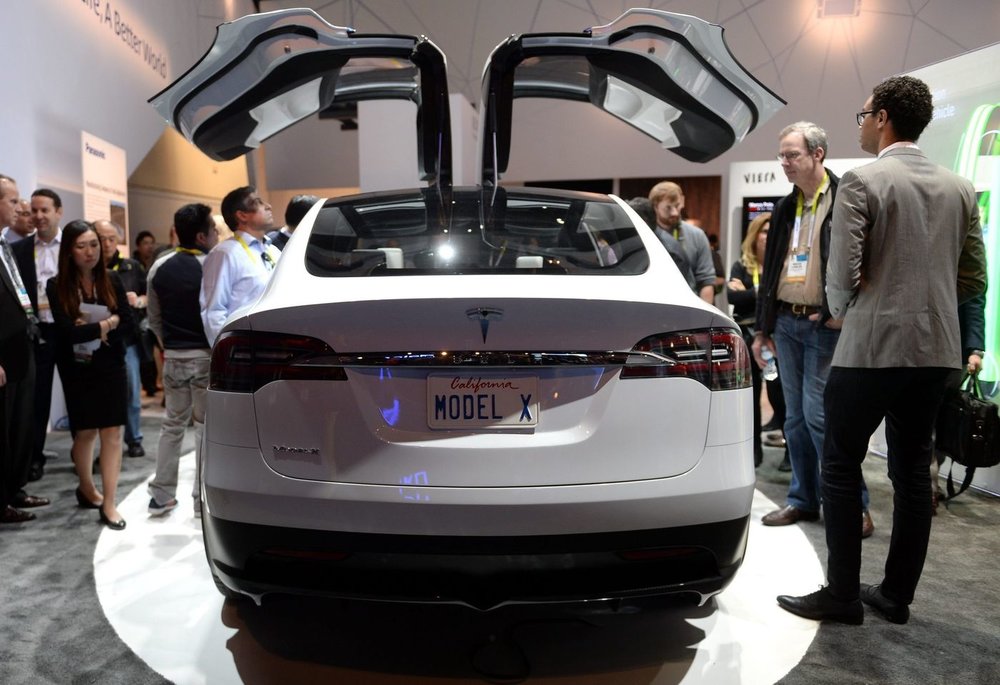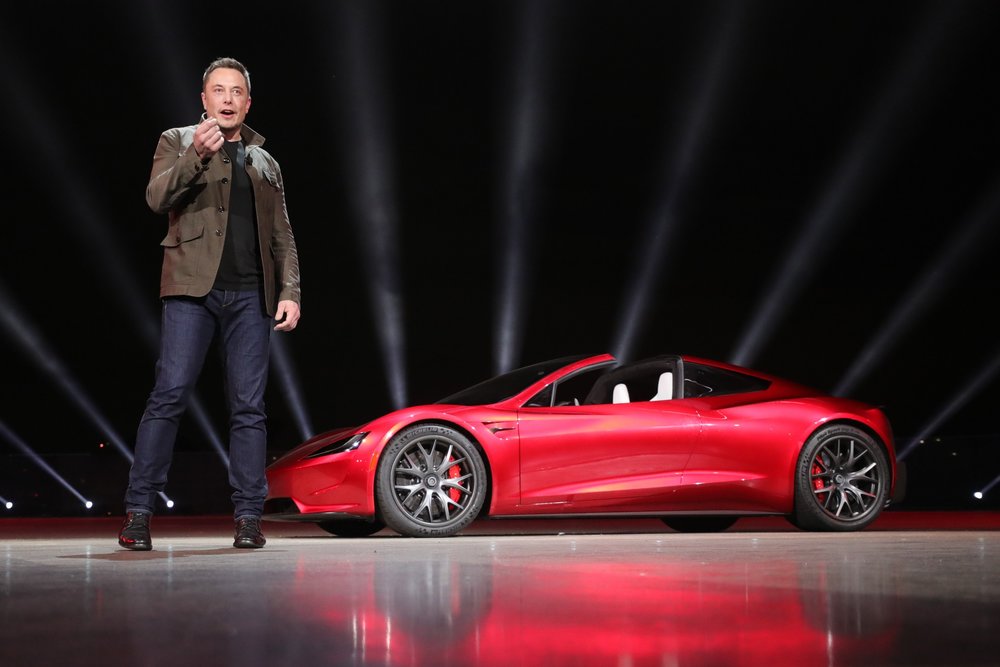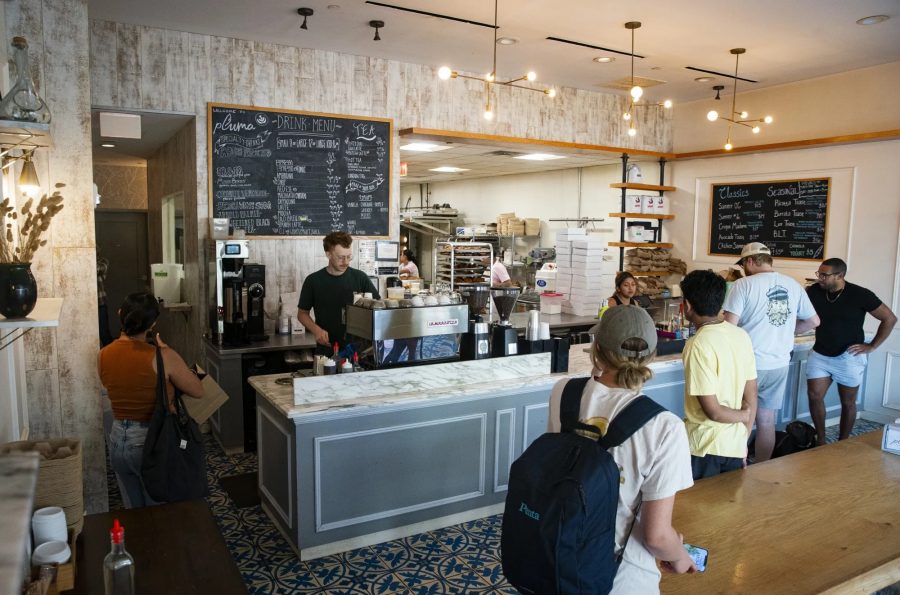Tesla saw another rough quarter as it struggled to meet its self-imposed production deadline for Model 3 cars. The factory was shut down twice in the past few months for upgrades and the embattled carmaker found itself erecting a make-shift production line in a tent outside the Gigafactory’s parking lot.
It has been a turbulent year for Tesla’s CEO Elon Musk as well, who spent most of his days torqueing bolts on Model 3 cars alongside college interns and nights sleeping under the desk and, sometimes, even on the factory floor.

Loup Venture’s analyst Gene Munster says that if Tesla meets its production goal of 6,000 cars per week, it may become profitable in this year’s final quarter
Musk’s New Production Goal
But analysts are now predicting that the electric carmaker’s bad days are finally over and it may see its first profitable quarter this year starting September.
Even though Musk announced that his company is increasing production capacity in its Gigafactory which will enable them to roll 6,000 Model 3s per week off the production line by August, Loup Venture’s analyst Gene Munster says that it won’t be until September that the company will finally meet its self-imposed production goals.
Munster says that Elon Musk has made some pretty big promises in the past but hardly delivered on time. The only time he made an accurate forecast in the past nine months was when he predicted a production capacity of 5,000 units per week.
Now, his latest production number of 6,000 cars per week is bound to come with a few setbacks and delays which is why it is wiser to assume that Tesla won’t be able to meet its production goal before the beginning of 2018’s final quarter. ‘When Musk claims something, it is safer to dial it back a little, judging from his track record of delays and unmet promises,’ said Munster.
Moving in Right Direction
While talking to CNBC, the Loup Venture analyst said that if Tesla is able to meet its production goal by September, it may finally be able to turn its bad luck around and see some profitability in this year’s final quarter.
With 6,000 Model 3 cars rolling off its production line, the company would be able to fulfill 48,000 deliveries to impatient customers who prebooked the cars months ago. Munster warned that even though the margin of profitability from increased production capacity will be small, it will prove that the company has finally started moving in the right direction.

The increase in Model 3 production in the second quarter has also given a boost to Tesla’s stocks which have soared by 31 per cent, closing at $349.93 last week.
After repeatedly being criticized for falling short on deadlines, Musk made a promise in the beginning of the year to increase Tesla’s manufacturing capacity to 5,000 cars per week before the end of the second quarter, and the company fulfilled its promise in the last week of the second quarter when it announced that the Gigafactory was now officially capable of rolling 5,000 Model 3s off the assembly line per week – a feat that demonstrated that the automaker was capable of mass producing electric cars.
Bloomberg’s Tracking Tool
In February, Bloomberg created a tracking tool to estimate Model 3’s production in real time by using the cars’ vehicle identification numbers (VINs). The tool estimated that the company has manufactured 40,409 Model 3 sedans since July 2017, when its production first began. The number includes 27,957 cars that were made in the second quarter, which ended with Tesla making 4,533 sedans in a week, close to Musk’s goal of 5,000 cars per week.
But Musk wasn’t happy with Bloomberg’s estimate. In a statement earlier this month, Tesla CEO said that the tracking tool underestimated the company’s real production capacity which, according to his claims, was well over 5,000 units per week. Goldman Sachs Group Inc.’s estimation of Tesla’s quarterly production was also similar to Bloomberg’s but Musk rejected the projection and wrote a letter to his employees saying that his critics are in ‘for a rude awakening’.
Analysts say that there may have been a possibility that Bloomberg’s tracking tool had been slow to pick up on sudden production shifts and failed to account for Tesla’s last-minute rush which moved its assembly line to a tent outside the Gigafactory’s parking lot – but the margin of error in Bloomberg model couldn’t have been greater than 5 per cent.
The increase in Model 3 production in the second quarter has also given a boost to Tesla’s stocks which have soared by 31 per cent, closing at $349.93 last week.










